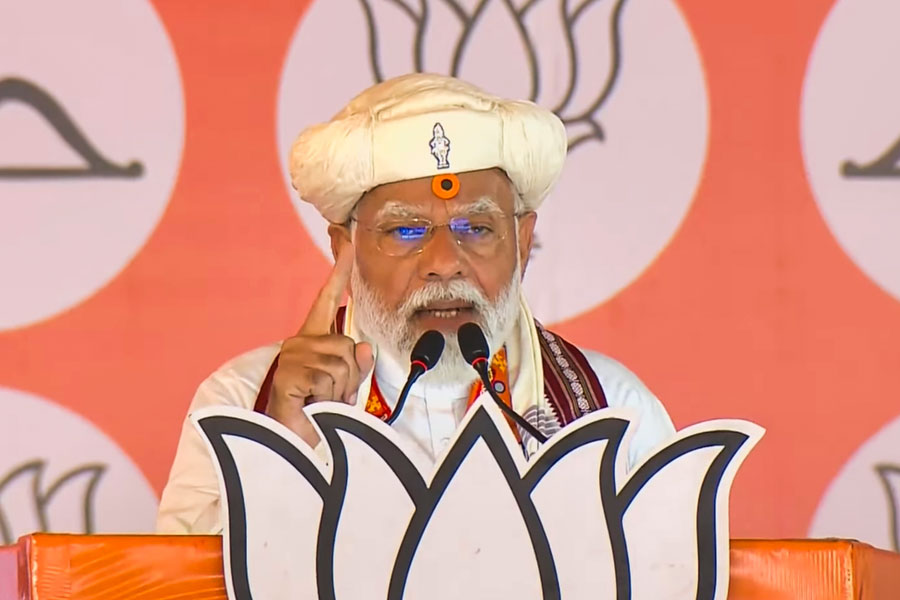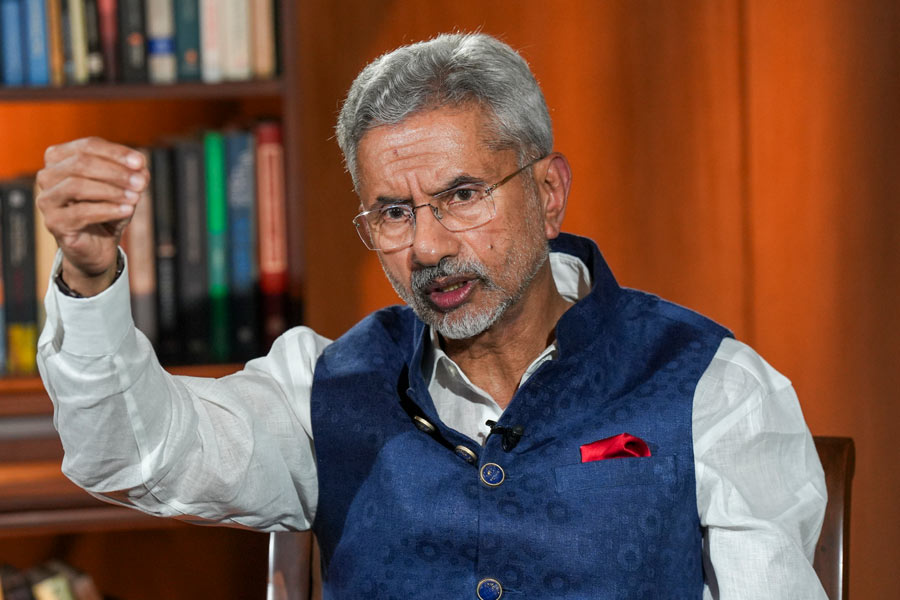If age, as Serena Williams keeps saying, is just a number, then so is 24. That has been her clearly stated target since she returned to the game in 2018, after giving birth to her daughter, Olympia.
She was one tournament victory short of it then, and she remains one short of it after her latest setback: a 6-1, 3-6, 3- 6 loss to Victoria Azarenka in a jewel of an US Open semi-final on Thursday night.
But whether she ever matches or surpasses Margaret Court’s record of 24 Grand Slam singles titles seems increasingly unimportant.
She has achieved plenty, and inspired many, in the nearly four years since she won her 23rd at the 2017 Australian Open, when she was two months pregnant.
“If 24 is Serena’s goal and motivation then that’s great, but she doesn’t need it,” said Chanda Rubin, a former top 10 player who is now a Tennis Channel analyst. “Her record speaks for itself. Serena has the most majors in the Open era. But she’s the kind of player who looks forward.”
Even Serena will eventually run out of runway. She turns 39 on September 26 and intends to celebrate in Paris by playing the French Open.
But her new rivals, like Naomi Osaka, are improving, and her old rivals, like Azarenka, are emboldened.
It is not a coincidence that nine of the 11 matches that Serena has played since the tour resumed last month have stretched to three sets, not an accident that she has won just one tournament since 2018 and is 0-4 in Grand Slam finals during that span, or that she failed to reach the final at this US Open even with six of the top 10 players missing from the draw.
“I think the chances get dimmer with each Slam that goes by, because of time and because, to me, she can’t play the defense she needs to play anymore,” said Pam Shriver, an ESPN analyst and former leading player.
Serena’s edge has diminished, even if her competitive fire has not. Her fight was unmistakably visible and audible in her last three matches at this strange, symbolic US Open as she scrapped and screamed and alternated stretches of full-power, full-stretch brilliance with rough patches of off-target, late-to-the-ball frustration.
It was so very hard to know what was coming — even for her, it seemed. The old cues no longer apply, but it was still quite a sight to see her try and try.
“I think it’s amazing,” Azarenka said. “There’s no other thoughts: someone who is an amazing champion going for what she wants to do. All admiration from my side.”
Serena was full of the same for Azarenka, her friend and fellow working mother.
When she lost to Serena’s sister Venus in the opening round of the WTA event in Lexington it appeared that the game might have passed her by. But she has tapped into something transcendent in a hurry: winning the Western & Southern Open, with Osaka withdrawing before the final, and now winning six straight matches in the US Open, often in grand style.
“She’s had a lot of, I would say, downs in her career,” Serena said. “She started on a lot of highs. I don’t know how she stayed positive, to be honest, so that’s a good lesson for all of us. No matter what, you just got to keep going. Hopefully she keeps living her dream.”
In her earlier years, Azarenka was so overwrought in competition that she would sometimes break into tears midmatch. But though she swore like a sailor at one point on Thursday as she failed to hold serve amid the one-way traffic of the opening set, she found positive energy when she needed it and, also, peace when she needed it.
Early in the second set, she was urging herself on and bouncing in place like she was ready to run to Manhattan if necessary. On changeovers, she closed her eyes, and she did the same when Serena took an injury timeout for an ailing left Achilles’ tendon early in the third set.
Serena’s level did drop after her brilliant first set, but above all, Azarenka’s level rose.
When it came time to serve for the match at 5-3 in the third, she double faulted to make it 30-all. Demons galore could have surfaced after all her close losses to Serena. Instead, she smiled, exhaled and came up with a service winner and an ace to finish off the greatest player of the era.
The difference this time?
“I was young, my ego was way too big, and now it’s a little smaller, and the results are coming,” Azarenka said.
She lost to Serena in the 2012 and 2013 US Open finals in this same stadium, when it was full of roaring fans instead of empty seats.
But they filled the void together on Thursday, their grunts of effort, frustration and triumph reverberating under the closed roof.
It was that kind of night: all about intensity and resilience. And in the end, there were three winners: Azarenka and Osaka, who will meet in the final on Saturday, and tennis itself.
Osaka’s 7-6 (1), 3-6, 6-3 victory over Jennifer Brady in the first semi-final was just as engrossing: full of clutch serves, controlled power and suspense.
“I always said I was going to remember this year’s US Open until the day I died,” said Shriver, who was a US Open singles finalist as a 16-year-old in 1978. “It was within inches of not happening so many times, and with what New York has been through, that they’ve been able to bring all these international athletes together has been a miraculous effort. We all want this so much to finish in a positive way and not another 2020 nightmare, and today and tonight was crazy great.”
Serena helped make it happen by committing to the tournament early. But Osaka and Azarenka will carry the load the rest of the way. They deserve it, just as Serena deserves to chase whatever she wants to chase on the courts of the world, for as long as her body and spirit are willing.
New York Times News Service










